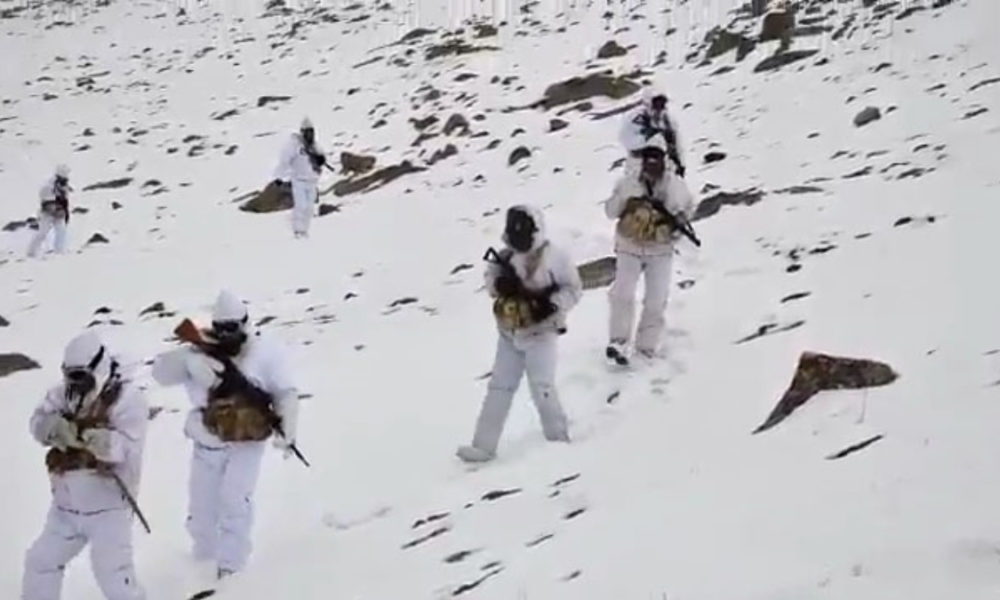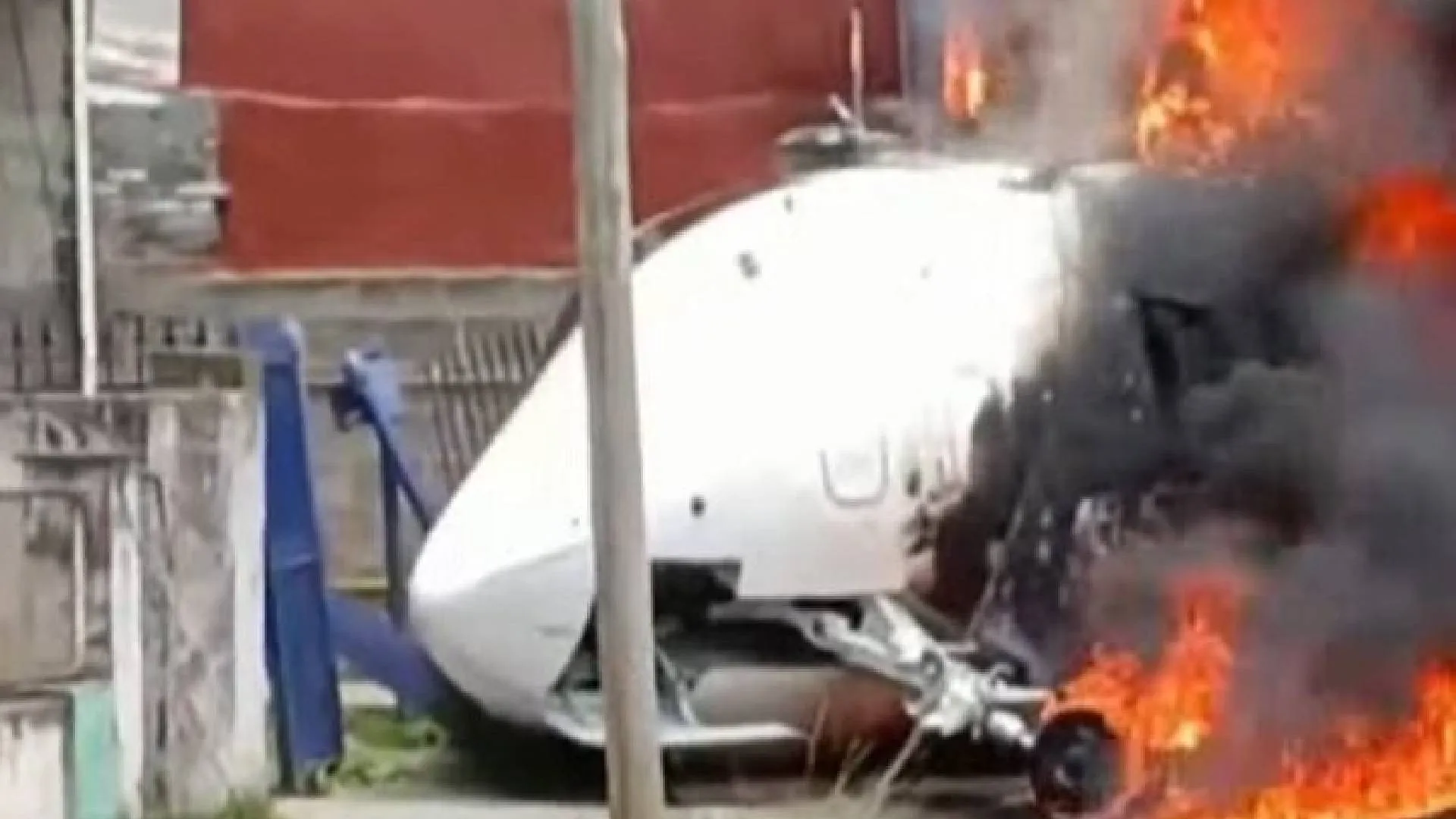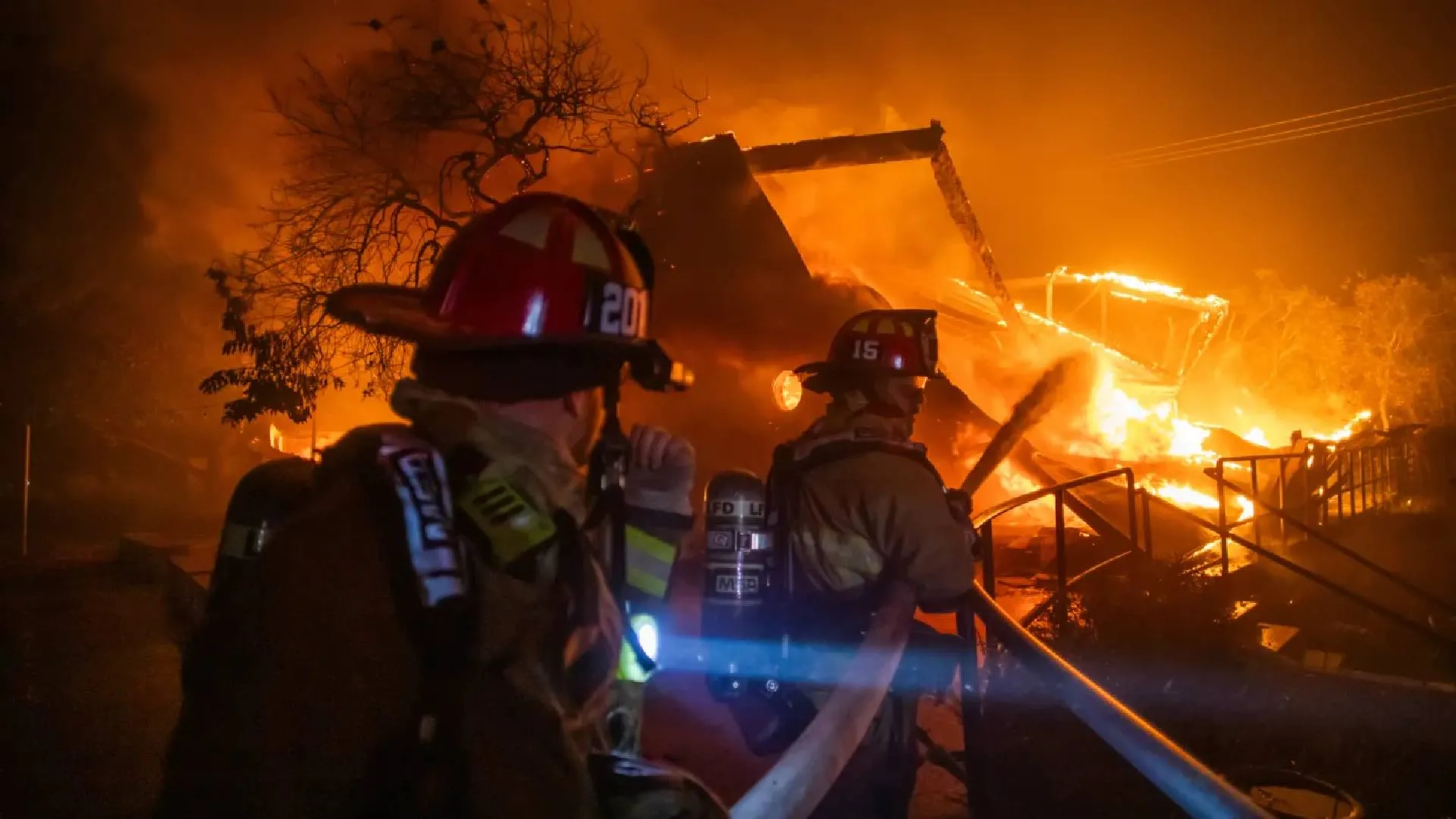“The best strategy is to be always strong.” —Clausewitz
A spate of cross-border intrusions last month across the LAC by the PLA have taken place starting reportedly with Naku La in North Sikkim (Muguthang Sub Sector) and then in three areas of Eastern Ladakh namely Pangong Tso, Hot Springs and the Galwan Valley.
Such transgressions across the LAC have taken place quite regularly even in the past and, therefore, have been routinely accepted and explained away as an occurrence arising due to a mismatch in perception and understanding of the alignment of the LAC by both sides. It may be interesting to note here that, between 1962 and 1993 (to the best of my knowledge) there have been only three such incidents officially reported. In recent decades these are happening in several hundreds. However, since a number of robust mechanisms, measures and protocols exist between the two countries, these have been resolved quite amicably by commanders on ground and in some cases in close coordination with diplomatic channels.
The last major standoff between the two armies was in Doklam wef 16 June to 28 August 2017 lasting nearly two and a half months over the issue of China wanting to extend their road across the Doklam Plateau up to the Jampheri Ridge. This technically, however, was in Bhutanese territory and which has always been contested by China. Notwithstanding, India rightly intervened both because of our obligation to Bhutan as also the fact that it brings the threat to our strategically important ‘Siliguri Corridor’ much closer to our borders.
This time around though, the present set of incursions do not appear to be routine in nature. A few obvious peculiarities noticed are in terms of the near simultaneous incursions at multiple points/ sectors, the ab-initio patrol strengths brought in have been unusually much higher, the aggressive approach was pre-planned as indicated by the PLA soldiers carrying rods , sticks, etc, and then finally digging down for a more permanent or at least a longer face off.
And even as I write there are reports of further build up and induction of Guns, Armoured vehicles and equipment by the PLA. These certainly cannot be, one of unplanned incidents and appear to have been carried out with prior sanction of the highest military authority of the PLA. The Chinese President’s directions to its armed forces are not off the cuff remarks. Meanwhile, the Indian Army and the Government of India in response have rightly taken firm and suitable countermeasures.
So, is it far-fetched to assume that there are larger connotations to the present imbroglio? The ongoing international resentment towards China in the light of the ongoing global pandemic and its actions in Hong Kong, Taiwan and South China Sea appear to be laying the seeds of a larger conflict with the West led by the US in the coming days. The fact that India is seen to be getting closer to America is a fresh irritant with the dragon. In the light of this can it be surmised that the present set of transgressions are a wrap on the knuckles and a reminder to India that there are unresolved issues which can flare up into an unwanted conflict.
Even if the above is not true and the present situation can once again be normalised through talks and diplomatic efforts, we should not be in any delusion that the border issue with China is somehow going to resolve itself and go away. Our borders with China remain ‘De-facto’ rather than ‘De-jure’ — being not defined precisely and disputed. The Chinese modus- operandi has been to make a claim, then keep repeating the claim till it widely gets accepted as the truth. What we are seeing along the LAC is part of the same ‘Creeping Strategy’. Further, Sino-India rivalry for strategic space, energy, water resources, trade and global markets certainly can at some stage manifest itself into a serious confrontation.
The Chinese know and understand that appeasement of any kind could be considered as a sign of weakness — Mao’s philosophy of firm diplomacy holds sway till today. Their strategic thought is characterised by a long tradition of ‘Denial and Deception’ and in the absence of clear positive and non-contradictory signals for resolution of the larger issues, it would be prudent for us to plan for the worst whilst hoping for the best.
This does not mean that our Armed Forces and the Govt are unaware of these threats. They very much are and today there is a visible new steely resolve in both our military and diplomatic responses. However, there is a dire need to urgently fast-track our build-up of our border infrastructure and defence operational preparedness. We need to quickly graduate from a status of Dissuasive posture to one of minimum Credible deterrence. Towards this end we also seriously need to get the raising of the Mountain Strike Corps back on track as it appears to be languishing on the back burner. Whilst there is no better hedge against uncertainty in times of war than self-reliance and this is rightly our stated national goal we need, however, to ensure that our forces are at the very least equipped and armed with matching fighting arms, equipment and ammunition capabilities vis-à-vis our adversaries.
Lt Gen M.M.S. Rai, PVSM, AVSM, VSM (retd) is a former Vice Chief of Army Staff & General Officer Commanding in Chief of the Eastern Army.























